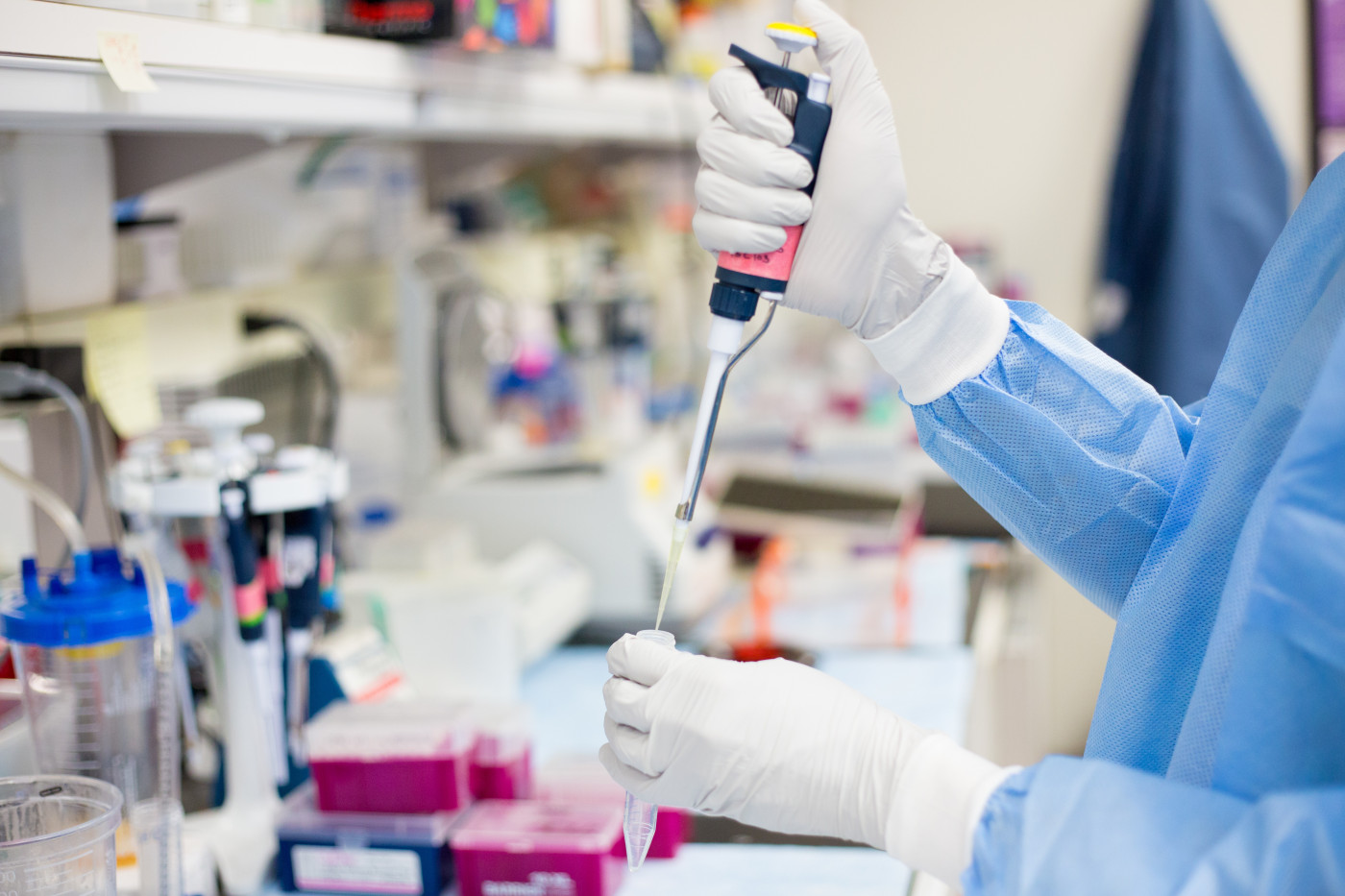AHR Protein Plays Key Role in PAH Development, May Be Therapy Target

Activation of a protein called aryl hydrocarbon receptor (AHR) is essential for the development of pulmonary arterial hypertension (PAH), a study found.
The findings imply that targeting AHR could be a useful strategy to treat PAH, according to researchers.
The results were published in the journal PNAS, in the study “Aryl hydrocarbon receptor is essential for the pathogenesis of pulmonary arterial hypertension.”
PAH is characterized by high blood pressure in the pulmonary arteries, which are the small vessels that move blood through the lungs. The condition is generally associated with increased inflammation in the lungs, but scientists are still working to determine exactly how the disease develops and progresses.
Understanding these processes is critical for designing effective treatments.
AHR is a transcription factor — a type of protein that helps regulate cell activity by controlling how much different genes are “turned on” or “turned off.” Specifically, AHR is an important regulator of cellular inflammatory activity.
Here, a team of Japanese researchers explored the role of AHR in PAH.
First, the scientists analyzed serum — the portion of blood without cells or clotting factors — from people with or without PAH. They found that PAH serum was more potent at activating AHR. Also, compared with those with low AHR activity, PAH patients with high AHR activity were at significantly greater risk of severe clinical events such as death, lung transplant, or hospitalization.
“The relationship between [AHR] activity in the sera from PAH patients and clinical prognosis suggests that AHR activation plays an essential role in the pathogenesis [disease development] of PAH,” the researchers wrote.
The team then tested the effects of treatment with an AHR agonist or activator in rats. The AHR agonist was found to produce PAH-like changes in the rats’ lungs and circulatory systems, particularly when combined with exposure to low oxygen levels.
Treating rats with a compound called SU5416 has long been used as a laboratory model of PAH, as rats given SU5416 display several features mimicking those of PAH. For example, they show certain kinds of lung damage seen in the progressive lung disease.
It has been presumed that SU5416 causes these PAH-like symptoms by blocking the activity of a protein called VEGFR2, which helps regulate blood pressure. But SU5416 also is an activator of AHR. When the researchers treated rats with compounds that block VEGFR2, but not AHR, the animals did not develop PAH-like symptoms.
“These findings strongly suggest that inhibition of VEGFR2 is dispensable for the pathogenesis of [pulmonary hypertension],” the team wrote.
To further investigate the role of AHR in PAH, the researchers used genetic engineering to create rats unable to make this protein. AHR-deficient rats were resistant to different models of PAH, including ones administered SU5416 and those given a Chinese herbal medicine called Qing-Dai.
Further experiments demonstrated that AHR activation led to a variety of inflammatory signals that have been associated with the development of PAH. The researchers also demonstrated that AHR activity in both lung cells and immune cells contributes to the development of PAH.
“These findings indicate that AHR plays an essential role in the pathogenesis of PAH,” the researchers concluded.
“On the basis of these findings, we propose that the AHR signaling pathway represents a promising therapeutic target,” they added.
The researchers said AHR “could be useful both as a therapeutic target and diagnostic marker” for PAH.







